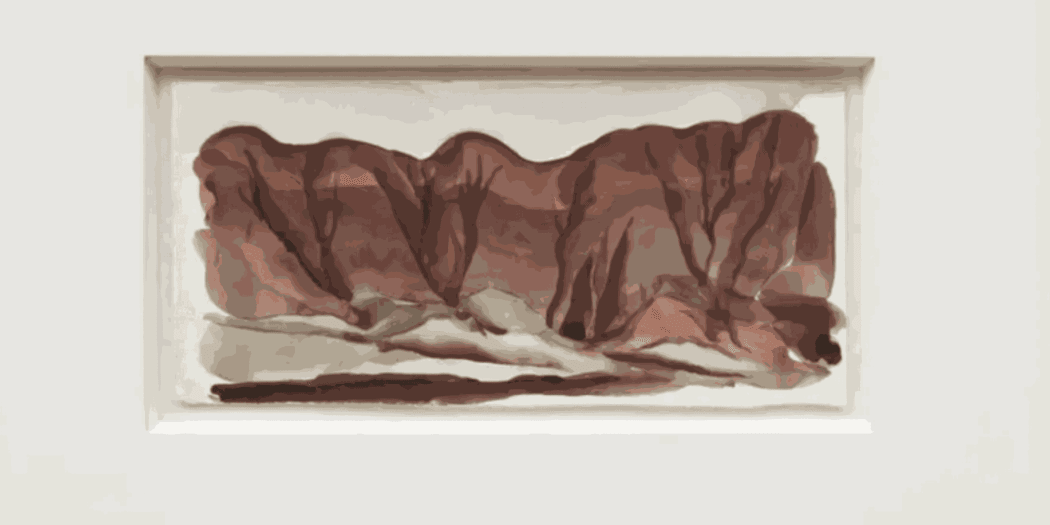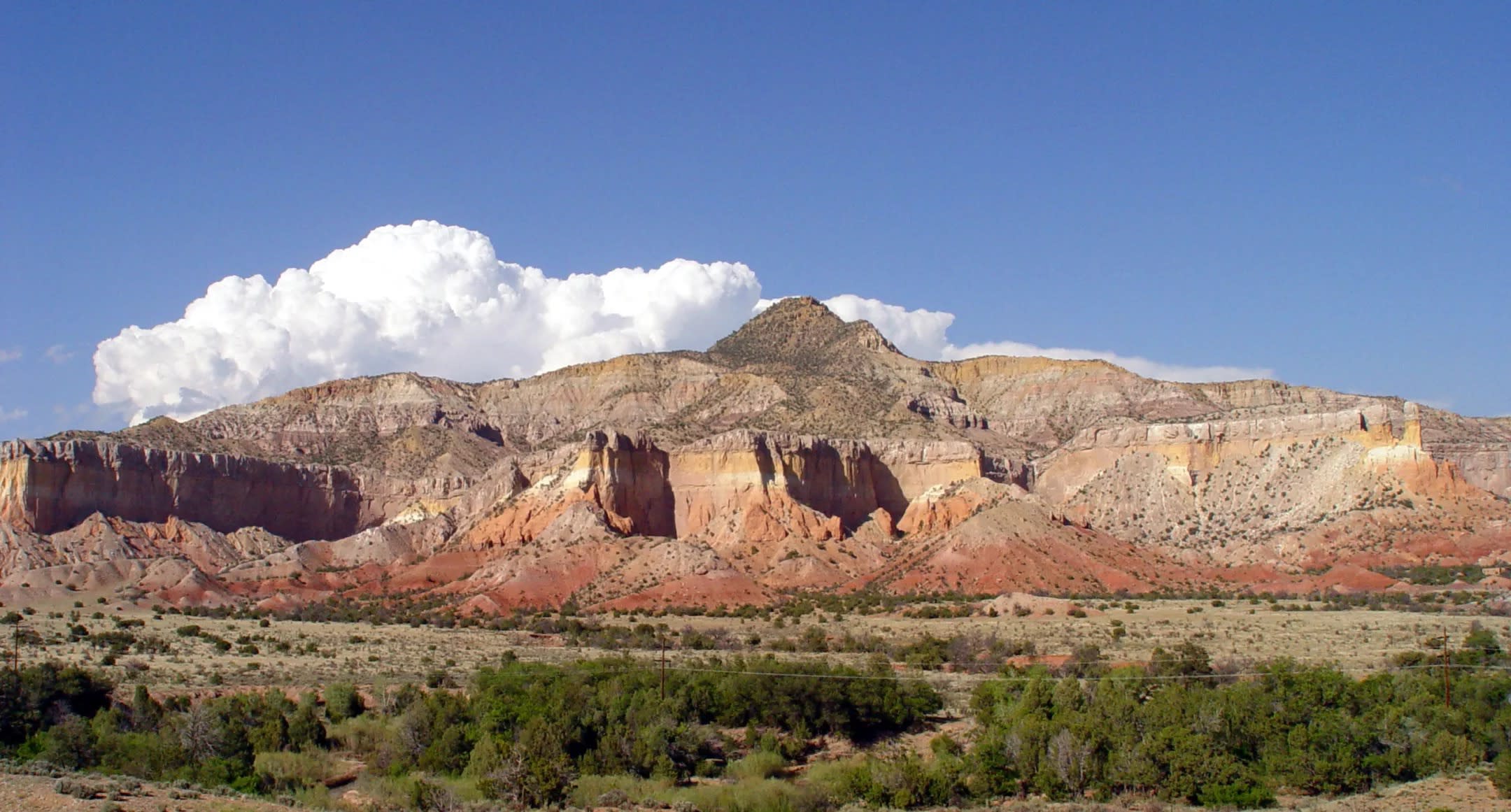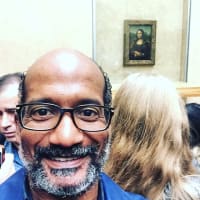 I was recently in O’Keeffe country driving with glee toward Abiquiu Lake, looking forward to a day on the water with my paddle board. Last Summer it seems much of the water in the lake (really a reservoir) was “sent” to Texas, which kept water levels low and unsuitable for good boating or paddle boarding. And then, perhaps aided by the shallow water, great algae blooms appeared in late July, closing the lake for the rest of the season. So, after two months of confinement, I was thrilled to be heading back to the lake for the beginning of another season on a lake full of water and free of algae. Or at least mostly free.
I was recently in O’Keeffe country driving with glee toward Abiquiu Lake, looking forward to a day on the water with my paddle board. Last Summer it seems much of the water in the lake (really a reservoir) was “sent” to Texas, which kept water levels low and unsuitable for good boating or paddle boarding. And then, perhaps aided by the shallow water, great algae blooms appeared in late July, closing the lake for the rest of the season. So, after two months of confinement, I was thrilled to be heading back to the lake for the beginning of another season on a lake full of water and free of algae. Or at least mostly free.
When you begin to drive through Abiquiu you immediately notice the red sandstone cliffs. It is so unique to that place that it cannot be mistaken for any other. Because of their rich hues, the landscape seems very alive. The cliffs almost seems to undulate and breathe.
O’Keeffe did very few complete watercolors during her first few years in her new home of New Mexico. Many of O’Keeffe’s best works, were smaller and intimate in nature. Ghost Ranch Landscape, ca. 1934, is such a work. Watercolor is also a medium that lends itself to smaller, intimate works. Like the landscape it depicts, it draws the viewer in. You could gaze upon it a thousand times and pick up something different every time.
It is not depicting a place as much as capturing a mood.
This is a very personal work. It is telling that it was never for sale and that O’Keeffe kept it for nearly fifty years before giving it to her longtime secretary, Doris Bry.
This piece is like a little piece of New Mexico. And for someone wishing to own an early New Mexico landscape by O’Keeffe, this is an especially rare opportunity. There are only a handful of complete watercolors from her first several years in New Mexico.
Here are a couple of poems which capture the spirit and intimacy of this place and this artwork…
Before daybreakMade more chillThe rocksAt Abiquiu,I saw the naked menTiny as the dewIn black light,Hard the dull whips,And saw bloodOn earth at dawn.At dawnThe river passed,A leafBeneath bare trees.Yet I stay on.The other dayI took the children Of the minesinto the hills,Thin voicesAnd stiff hair,Bare feet of bone.I stood aloneAnd saw the shakenWagons amid dust,Red stone, red stone.
- Yvor Winters, The Schoolmaster and the Queres of the Mines", 1923
I imagine the time of our meeting
There among the forms of the earth at Abiquiu,
And other times that followd from the one -
An easy conjugation of stories,
And late luncheons of wine and cheese.
All around there were beautiful objects,
Clean and precise in their beauty, like bone.
The skulls of cows and sheep;
And the many smooth stones in the window,
In the flat winter light, were beautiful.
I wanted to feel the sun in the stones -
The ashen, far-flung winer wun -
But this I did not tell you, I believe,
But I believe that oafter all you knew.
And then, in those days, too,
I made you the fit of s small, brown stone,
And you described it with the tips of your fingers
And knew at once that it was beautiful -
At once, accordingly you knew,
As you knew the forms of the earth at Abiquiu;
That time involves them and they bear away,
Beautiful, various, remote,
In failing light, and in the coming of cold.
- N. Scott Momaday, "Forms of the Earth at Abiquiu", 1976

ORIGINAL COMMENTS:
Pamela Thompson, 7. June 2020
Intimate. Powerful. Beautiful!
Linda Henneman, 14. July 2020
Thank you aaron payne for coming back!
When I was in SF last august, I noticed your absence, as yours and victoria's places are among the best finds. i look forward to exploring your new website in delicious time. what if i may ask is the cost of this smallest and sweetest of o'keeffes? Or perhaps this one is yours and you are keeping it?
Jonathun Rutchik, 14. July 2020
Wonderful Aron. I look forward to reading more of your posts.
Lawrence Lazarus, 16. July 2020
Seems like the perfect time in your career to share with friends and clients what experience and accumulated wisdom has taught you. A nice present from you to share with others.





About the author

Aaron Payne



